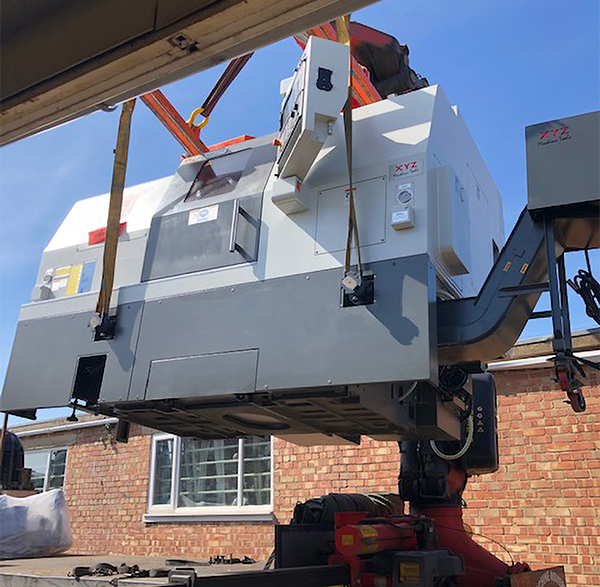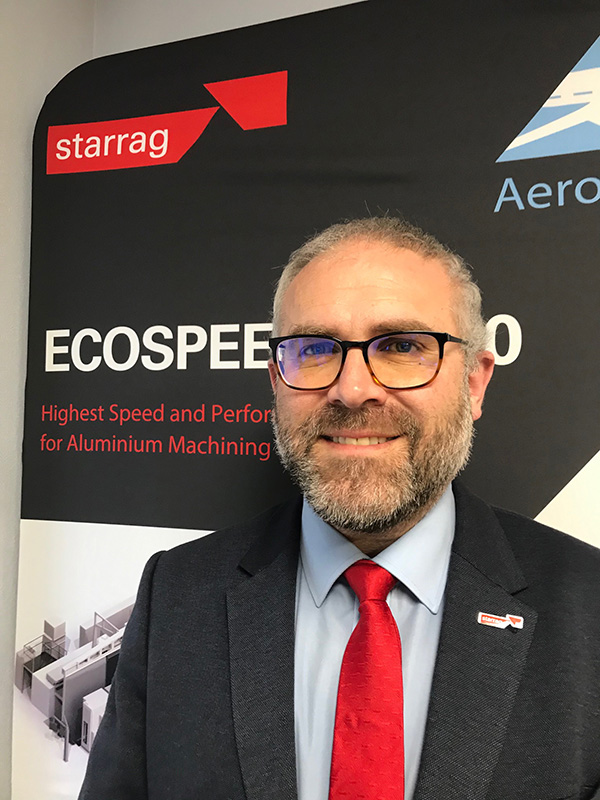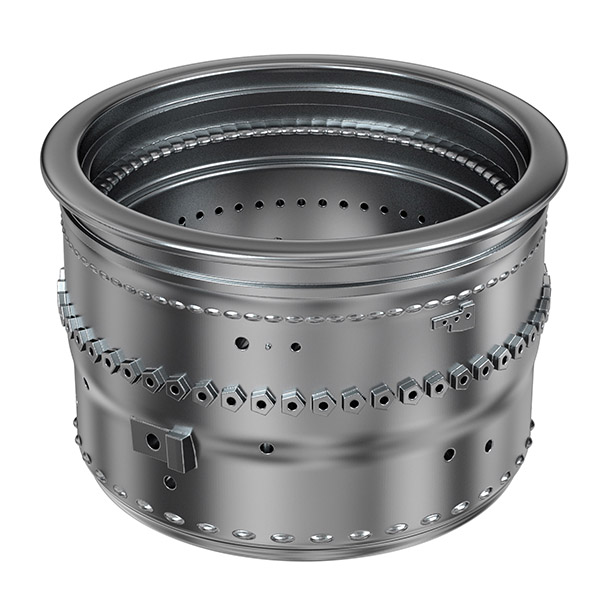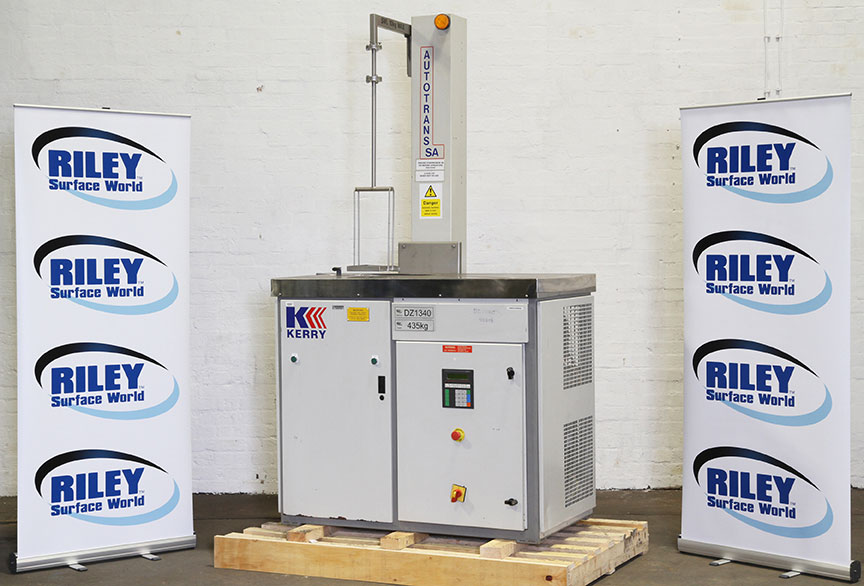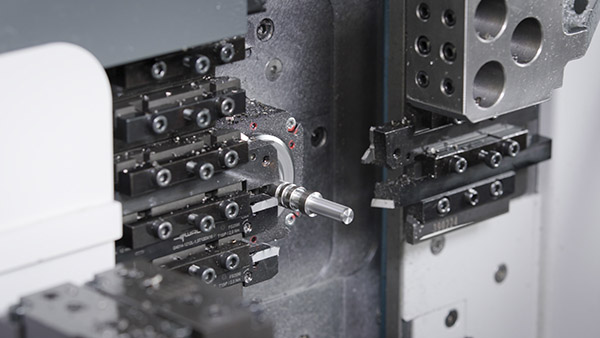Rileys Surface World is proud to have supported the VentilatorChallengeUK Consortium with the delivery of two machines critical to the manufacture of ventilators for the fight against Covid-19.

Rolls Royce PLC and GKN Aerospace each have a Kerry Microsolve 250M Ultrasonic Cleaning Machine delivered to their design & manufacturing plants in Filton (Bristol, UK) and Cowes (Isle of Wight, UK), supplied by Riley Surface World.
These quality machines use ultrasonic frequencies to clean parts to a very high specification, essential to parts used in the manufacture of ventilators for medical use.
Many of the consortium members are long term customers and the trust earnt by Rileys Surface World has played a significant role in ensuring rapid delivery of these machines.
“We really appreciate all the stops you’ve pulled out for us on this”
Martin Williams – Chief Industrialisation Engineer – Rolls Royce UK
“I couldn’t be happier. This will make a world of difference to our production flow. I am very thankful”
Glyn Lavell ChPP| Programme Manager, GKN Aerospace UK
Riley Surface World’s strengths come to fore
The supply of these machines demonstrates the strength of Riley’s team even in these difficult times.
The first used Kerry 250M was available from stock in our 5,000m2 warehouse having been bought from Thales UK in January to ensure availability of these popular machines.
This machine has been supplied refurbished by our in-house engineering team in conjunction with long term partner CRV controls. A range of critical spares, commissioning and training is also being supplied alongside our guarantee to confirm Riley’s commitment to supporting the consortium and the NHS.
The second used Kerry 250M machine was sourced from Riley’s industry network as soon as a need was identified across the VentilatorChallengeUK Consortium. Once found Riley’s moved quickly to place the machine with GKN Aerospace over just one weekend.
Riley Surface World must thank our key partners in recognising the importance of these machines and supporting their rapid delivery. CRV Controls has provided engineering support and on-site commissioning and training. Our hauliers have also been excellent support responding same day because of the speed of delivery of this project.
UK manufacturing gearing up the NHS up for Covid-19 challenge
The VentilatorChallengeUK consortium includes leading UK industrial, technology and engineering businesses from across the aerospace, automotive and medical sectors such as Airbus, BAE, Ford, GKN, Rolls Royce, Thales and McLaren F1.
The consortium has come together to produce medical ventilators for the UK. The UK Government has placed orders for ventilators to be delivered as soon as possible and the consortium is making rapid progress.
Ventilators are essential to the NHS and the consortium is supporting existing suppliers to expand production and adding new Rapidly Manufactured Ventilator Systems to the supply chain.
You can contact Riley Surface World to discuss your machinery needs.
Tel: +44 (0) 1922 458000, Email: ben@rileysurfaceworld.co.uk
For further details of the VentilatorChallengeUK Consortium please review www.ventilatorchallengeuk.com







